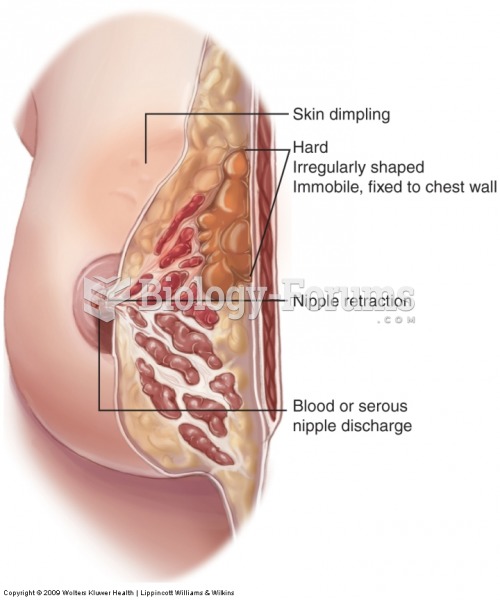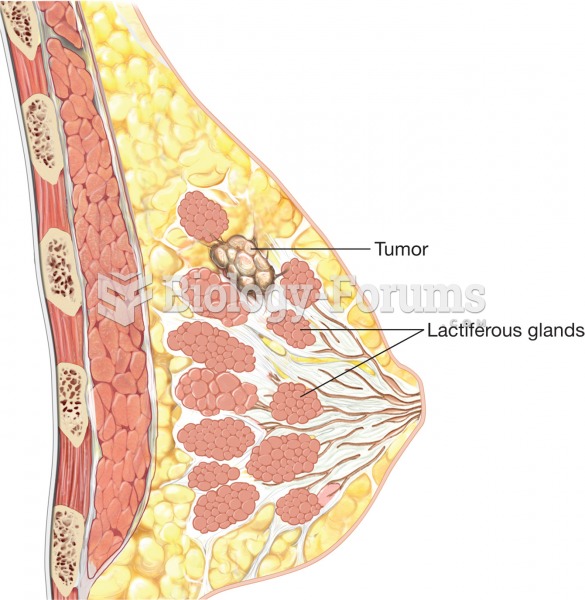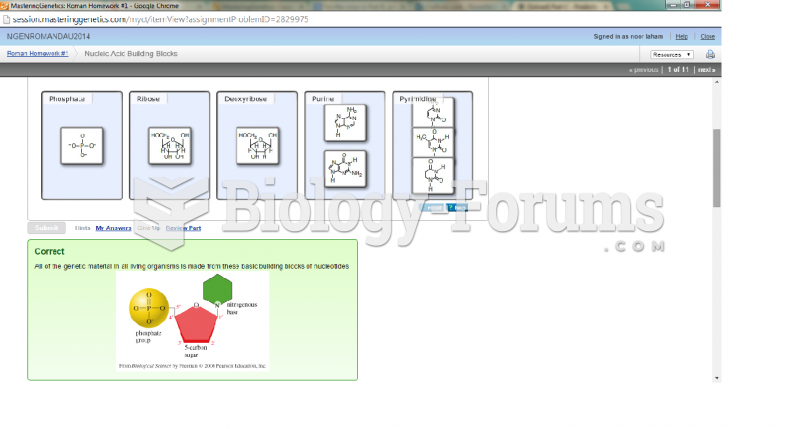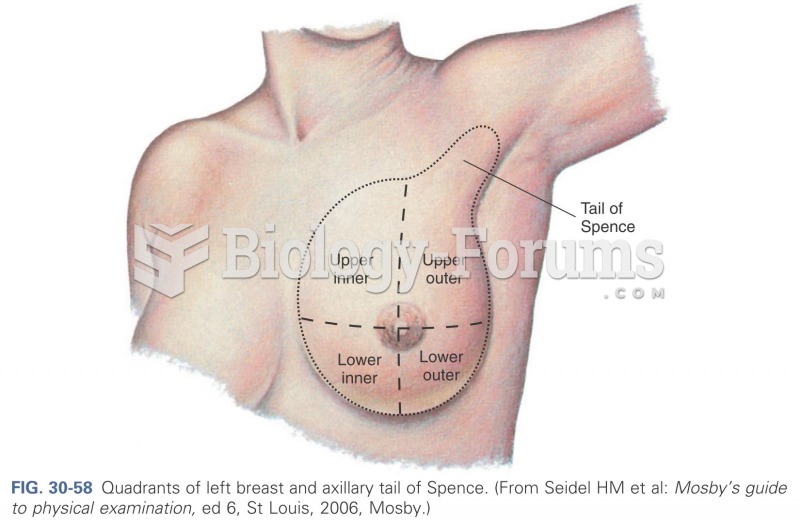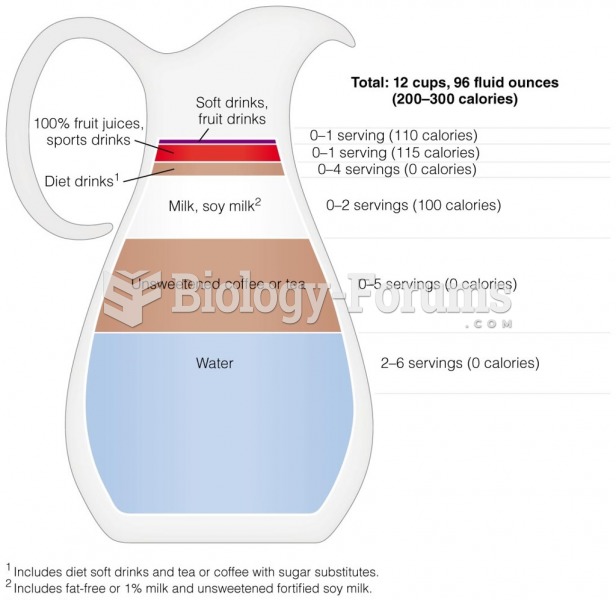Answer to Question 1
Breast milk excels as a source of nutrients for the young infant. With the possible exception of vitamin D, breast milk provides all the nutrients a healthy infant needs for the first 6 months of life. It provides many other health benefits as well.
The distribution of energy nutrients in breast milk differs dramatically from the balance recommended for adults. Yet, for infants, breast milk is nature's most nearly perfect food, illustrating clearly that people at different stages of life have different nutrient needs. The carbohydrate in breast milk (and standard infant formula) is lactose. In addition to being easily digested, lactose enhances calcium absorption. The carbohydrate component of breast milk also contains abundant oligosaccharides, which are present only in trace amounts in cow's milk and infant formula made from cow's milk. Human milk oligosaccharides help protect the infant from infection by preventing the binding of pathogens to the infant's intestinal cells.
Human breast milk contains less protein than cow's milk, but this is actually beneficial because less protein places less stress on the infant's immature kidneys to excrete the major end product of protein metabolism, urea. The protein in breast milk is largely alpha-lactalbumin, which is efficiently digested and absorbed. The lipids in breast milkand infant formulaprovide the main source of energy in the infant's diet. Breast milk contains a generous proportion of the essential fatty acids linoleic acid and linolenic acid, as well as their longer-chain derivatives arachidonic acid and docosahexaenoic acid (DHA). Most formulas today also contain added arachidonic acid and DHA (read the label). Infants can produce some arachidonic acid and DHA from linoleic and linolenic acid, respectively, but some infants may need more than they can make.
With the exception of vitamin D, the vitamin content of the breast milk of a well-nourished mother is ample. Even vitamin C, for which cow's milk is a poor source, is supplied generously.
Answer to Question 2
a


